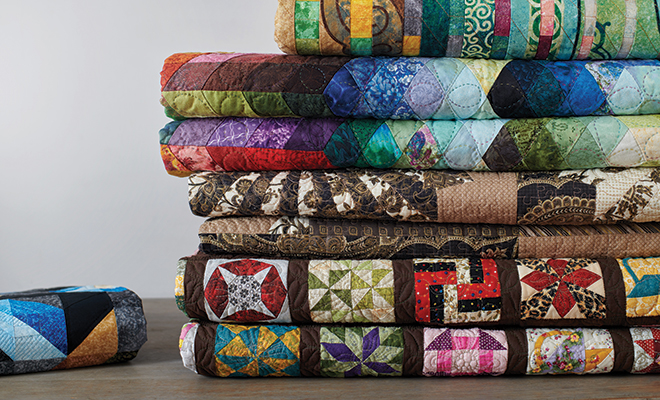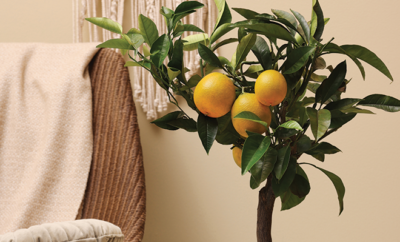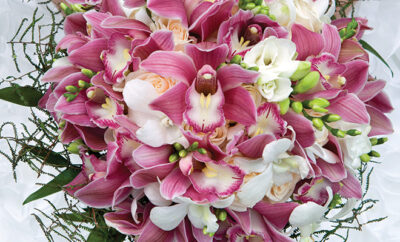
The Collectible Quilt: An American Art Form
Quilt-making began as a practical task for homemakers who wanted to use every scrap of fabric to help keep their families warm. Despite its utilitarian roots, the craft of making patchwork quilts has been elevated to an art form by generations of women who managed to create beauty from simple materials. Today, handmade quilts have become highly collectible pieces of folk art.
Many of the most sought-after quilts are products of a community of sewers who share designs and techniques. This is true of quilts produced by several generations of women in Gee’s Bend, an isolated community in the rural South. The area was once home to a plantation and the quilts produced there reflect the African roots of the slaves who lived there. Made from used clothing and scraps of cotton and polyester fabric, Gee’s Bend quilts have been described as “improvisational” because they reject traditional patchwork designs. It’s the purely abstract patterns of the quilts that have landed them in museums across America.
Quilts produced in the Amish communities of Pennsylvania and Ohio have been highly collectible since the 1970s. The Amish quilting tradition, which dates back to the mid-1800s, features geometric patchwork in bold colors. Part of the popularity of handmade Amish quilts is that they look surprisingly modern. Both antique and new Amish bed quilts and wall hangings are prized by collectors, with price tags ranging from several hundred to several thousand dollars.
Not all collectible quilts represent the folk art tradition. Art quilts are another type of highly collectible quilt. Created by fiber artists, these are typically one-of-a-kind pieces designed to be displayed in galleries and included in museum collections. Quilt artists go beyond traditional patterns and techniques, experimenting with different materials and designs to create unique artistic expressions. Art quilts can be made of fabric or paper and may involve other processes such as painting, stamping, printing and photography. Online at The Art of the Quilt, you can learn more about leading art quilters and see pieces available for sale, but be prepared to spend several thousand dollars if you see a quilt you love.
At the other end of the spectrum from art quilts are homemade vintage and antique quilts created by anonymous homemakers. Many collectors are drawn to homemade quilts because they enjoy looking at them and want to help preserve a piece of history. Among collectors, the term antique refers to quilts that are at least 100 years old. Quilts that are 40 to 100 years old are called vintage. Both antique and vintage quilts can be found on eBay and other auction sites as well as at quilt shows and in antique and thrift stores. Family members who have been holding onto heirloom quilts are another good source.
There’s a wide range of homemade quilt styles and patterns. Many collectors specialize in a certain type of quilt while others buy pieces that catch their eye or capture their heart. Traditional styles that are popular among collectors include pieced, medallion, applique, redwork and crazy quilts. Popular patterns for blocks in pieced quilts are log cabin, Sunbonnet Sue, 9-patch and Dresden plate.
Collecting historic quilts can be tricky, especially when it comes to determining a quilt’s origin. It pays to learn more about the field before investing a substantial amount of money. Experts often use a quilt’s style or pattern to help determine its creation date. Otherwise, determining the age of a quilt may not be possible since the fabric it’s made from could have been produced long before. Even quilts that have a label with the name of its creator and the date it was completed can be deceptive since the blocks in the quilt may have been pieced years or even decades earlier. According to the online Collectors Weekly, the most trustworthy date for a quilt’s origin is one that has been added to the front of the quilt when it was originally stitched.
Quilts that are in the best condition and have the best workmanship will have the highest resale value, but collectors need to be on the lookout for mass-produced quilts that are being sold as vintage or antique. While some reproductions are obvious fakes, others can only be spotted by someone with expert knowledge of fabric and sewing history. The fact that a quilt is stitched by machine rather than hand-stitched doesn’t mean it’s a reproduction since the sewing machine was invented in 1856 and machines were used to make quilts in many households.
Quilting books, websites and local quilting guilds are good sources for information about quilt collecting. The American Quilter’s Society is a go-to source for information about quilt-making and collecting. Training and certification resources for quilt appraisers are also available on the group’s website. ■
Sources: americanquilter.com, smithsonianmag.com, internationalquiltmuseum.org, collectorsweekly.com, artofthequilt.com and romantichomes.com.







